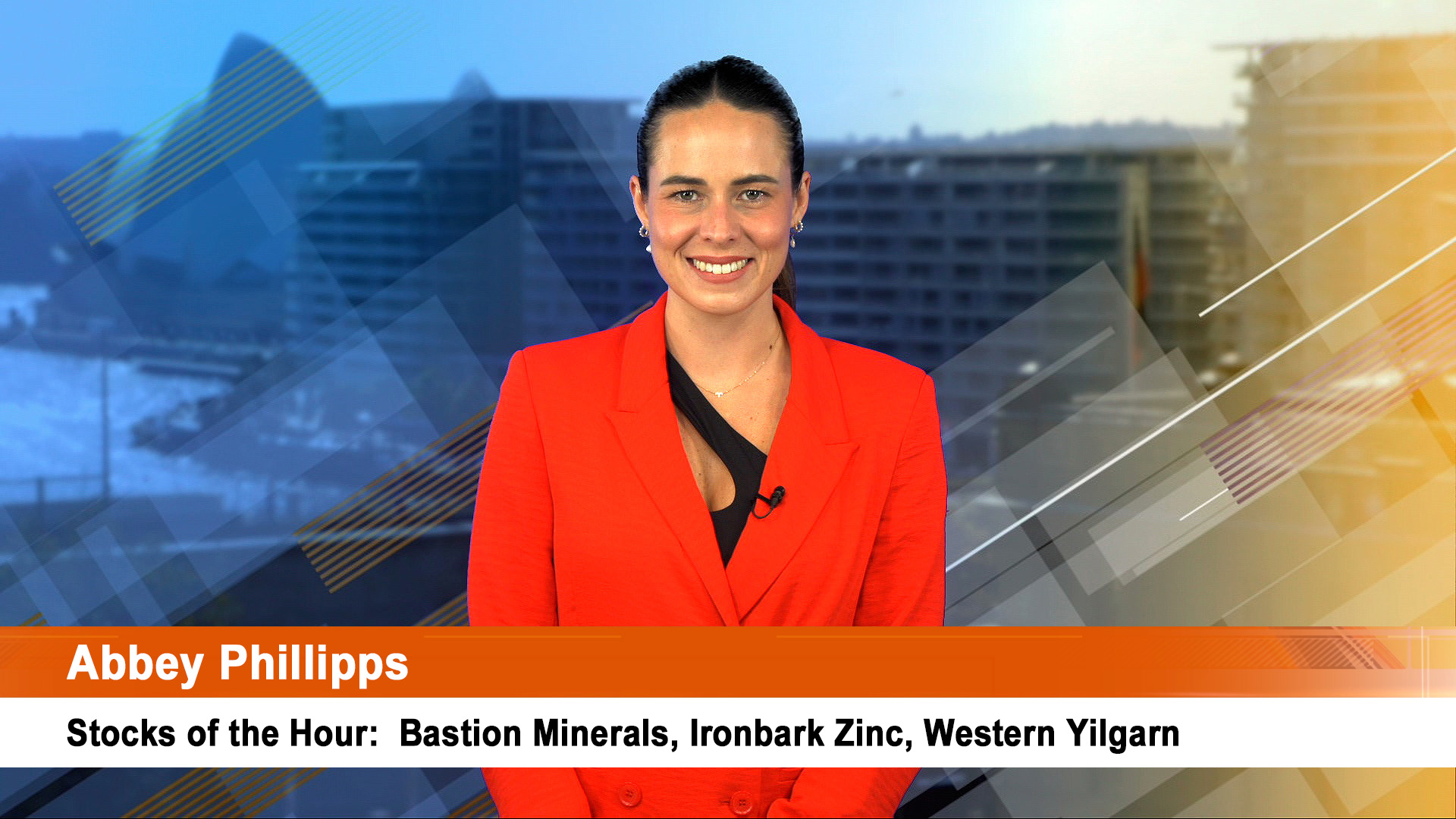The latest building approvals from the Australian Bureau of Statistics show a seasonally adjusted rise of 15.3% for total dwelling units approved in April, after falls in the previous two months.
That was up after a revised fall of 2.7% in March.
From a year earlier, approvals were up a whopping almost 52%.
The monthly rise was the most since October 2002.
That made it the biggest rise in eight years, but that was misleading.

The boost came from non-private dwellings (units etc) which rose 59.9% after falls in the previous two months.
The major boost came with approvals in NSW, with seasonally adjusted building approvals jumping 43.5% in March alone, while Victoria saw a smaller 13.3% rise.
In South Australia they soared 24.4%, while in Western Australia they rose 8.2%.
In Queensland building approvals eased 1.9%, while they fell 5% in Tasmania.
So some big projects were approved in NSW and some in South Australia.
Private housing approvals were up 0.5%, which is welcome, but nothing to write home about.
There were just over 9,700 private houses approved and nearly 4,560 non-private dwellings approved (which was up almost 60%).
That surge in non-private dwelling reflects slack councils or state government planning approvals.
They take so long that approvals from this source have become very volatile and unreliable.
It’s been happening for several years.
The ABS said the seasonally adjusted estimate for the value of all building approved rose 4.8% in March, with the seasonally adjusted estimate for the value of new residential building up a handy 6.7% while the value of residential alterations and additions increased 12.0%.
The seasonally adjusted estimate for the value of non-residential building increased 0.3%.
Judging by that, there’s a solid boom in renos.













